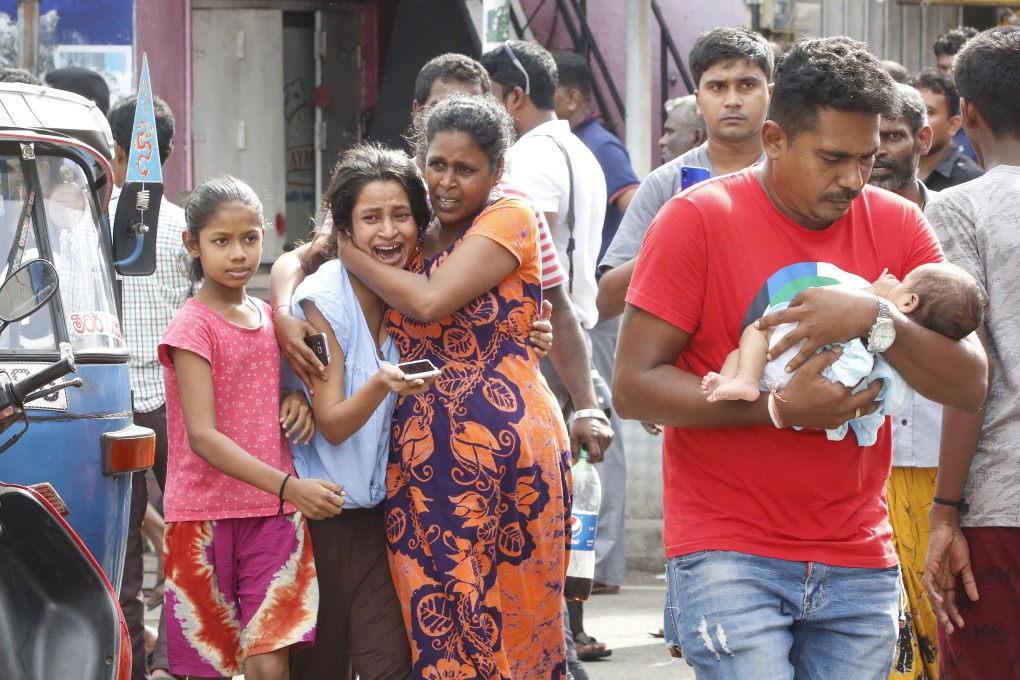Letters | In the line of fire: how terrorism links the world in the internet age
- The need for extreme vigilance in the face of internet-enabled terrorism, which sees the entire globe as its battlefield, cannot be understated

If Industry 4.0 is about how every device and industry is now connected, “Terrorism 4.0” is about how we are all now connected in a battlefield that looks to span the entire globe.
This does not mean we are all soldiers in that war; it merely means we are all in the line of fire.
Where terrorism was once predominantly about relatively localised violence in pursuit of relatively localised goals, it now does not seem to matter where the victims are located, as long as they fit a broad profile.
If someone wants to visibly kill Christians, they have some 2.3 billion to choose from; if they want to visibly kill Muslims, they have some 1.8 billion to choose from. When that murder can be publicised instantly to the entire interconnected world, it does not really matter where these victims are located.